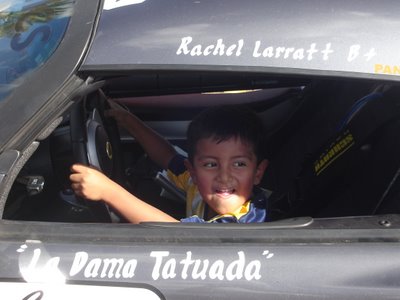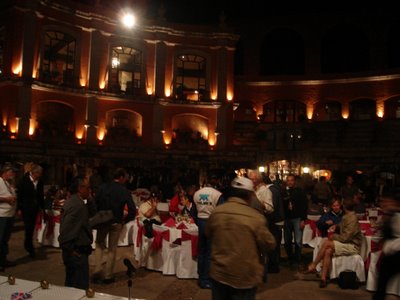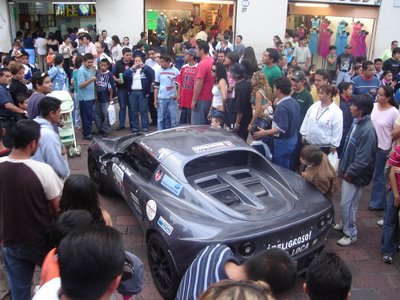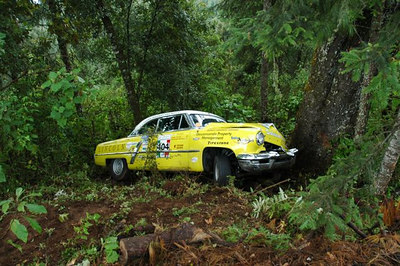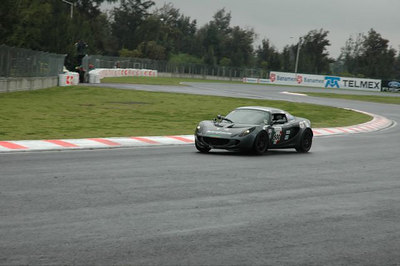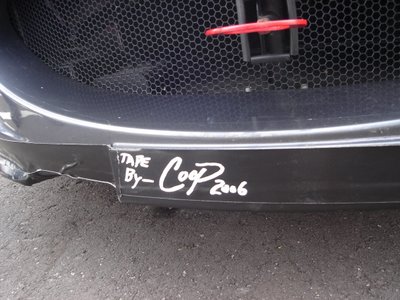
The final day. We have almost finished this epic journey of around 2000 miles with about 400 miles of racing. This day started with going back over the roads on the La Boufa mountain. One of the things about repeating a stage this way is that the driver should know where they are going and should be able to go faster as a result. The problem with that is we were driving back over the stage in the early morning rather than the afternoon that we ran before. Obviously with colder tarmac and some dew on the road this was not the same road.
On this section our chances for a top 10 finish greatly increased. We came round a corner to find the 10th overall car only just in front of us. It had set off on the stage 90 seconds ahead of us, and with only about 70 seconds separating us in the overall standings, finishing closer to that car and holding on for the remaining sections would give us 10th. We found out later that the co-driver’s knee had knocked the fuel pump fuse in the car and it had died on track.
The next two sections were the fastest that we had seen yet. Long straights between fast corners. I’m not sure what was going on with the car in these stages, maybe we were back at a lower altitudes and the car could operate better, but we were able to get up to a decent speed throughout these sections. We averaged about 120mph for these two stages, with top speeds probably around 135mph. For comparison, the fastest guy on these stages (Pierre de Thoisy) Averaged 130mph on the first stage and almost 150mph on the second. And just to be clear, both of these stages had corners.
On to the final stage, 5 laps of the track at
All of a sudden we came across all the competition cars ahead of us at the side of the road with the police pulling all of us over. The track stage had been cancelled and La Carrera Panamericana 2006 had finished. The whole thing came as a bit of an anticlimax, but we had made it to the finish. We never found out why the last track stage had been cancelled.
Our time was good enough for 10th overall, but due to the rules of the race, we were placed outside the final finishing table. The Elise had gone about 2000 miles and 400 miles of racing over some truly terrible roads without a hint of mechanical problems. The entire damage to the car amounted to 2 square inches of paint removed under the front cheeks, and about 3 inches of damage to the carbon fiber diffuser fin. All of that damage occurred on speed bumps in the transition stages.
As a team we are truly proud of what we have done here. 10th overall, with Rachel getting the highest placed female driver. What makes this result all the more spectacular is that we were the only team in the top 30 or so with novice driver and co-driver. None of us had competed in any event like this.
All this goes to show we had a great team and a great car. While many of the top finishing cars look like they are from the 1950s, most of them have entirely modern engines and suspensions, not to mention a lot of money put into them. This race helped show many people just how astonishing the Elise really is.
Many thanks to Rachel for inviting me on this crazy trip, to Randy for the loan of Cameras (there’s a lot of editing to do) and to Robert P for late night suspension advice.
Thanks most of all to Amy for not only letting me go on this trip but encouraging me make the most of this fantastic vacation while she is slaving away at home.

